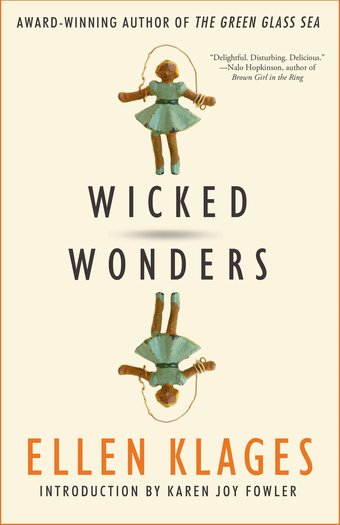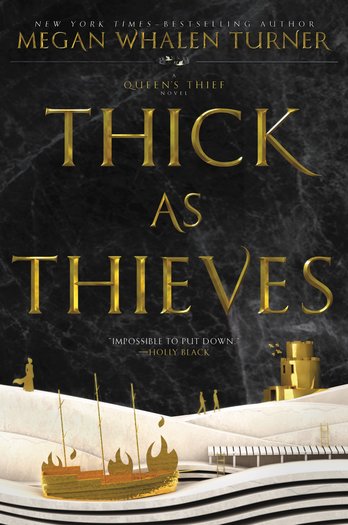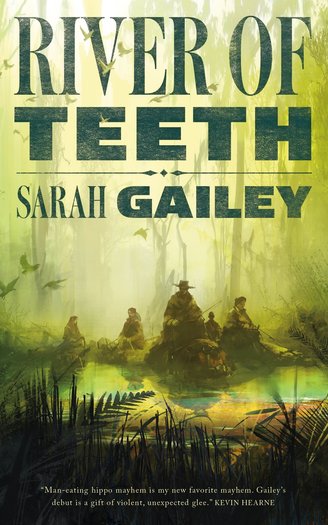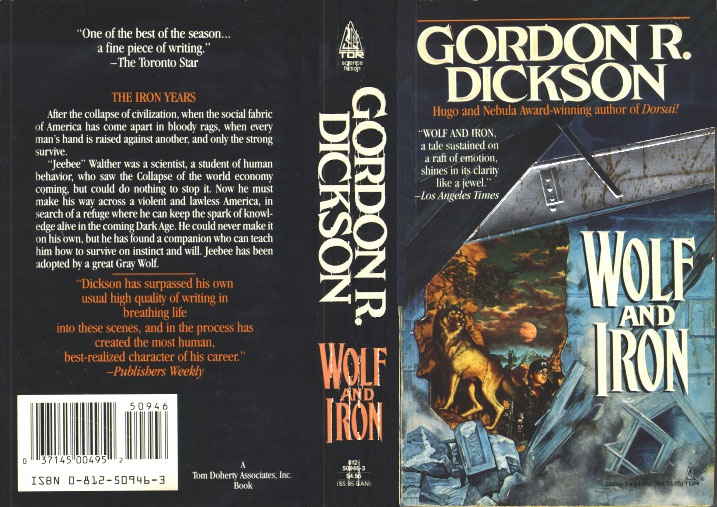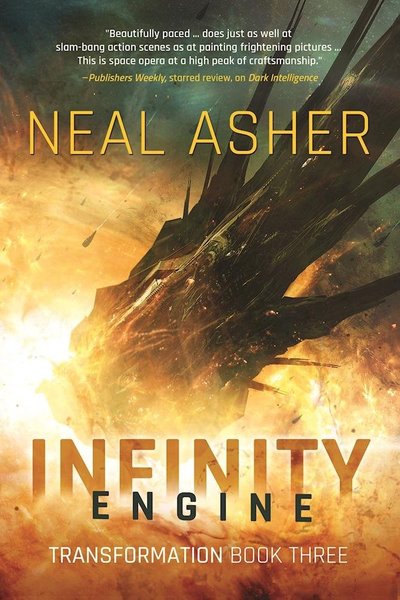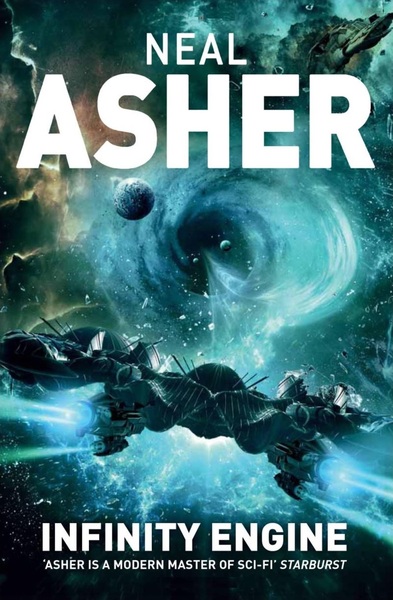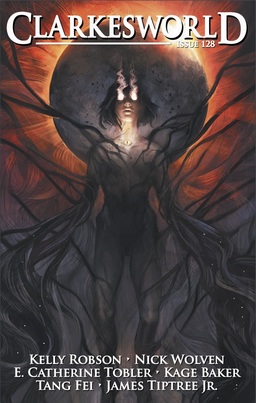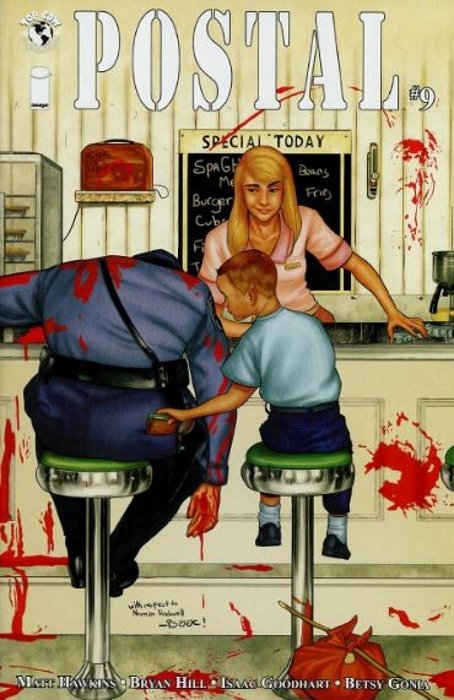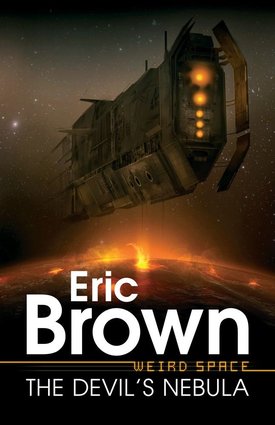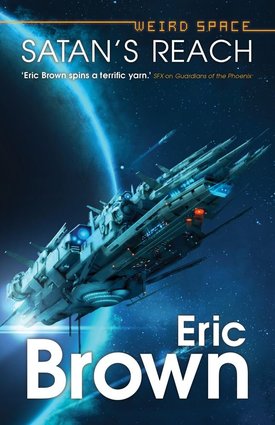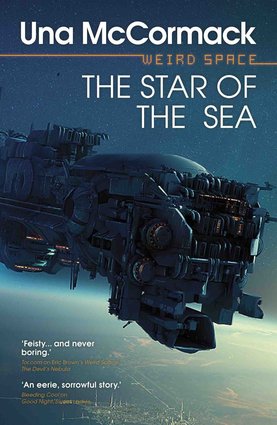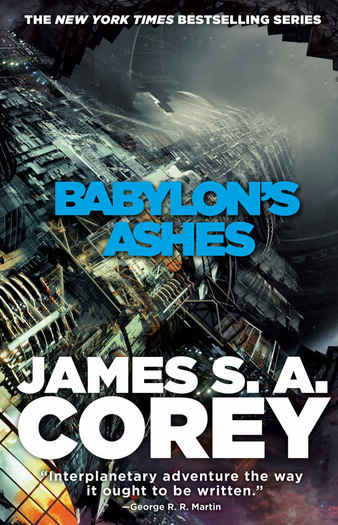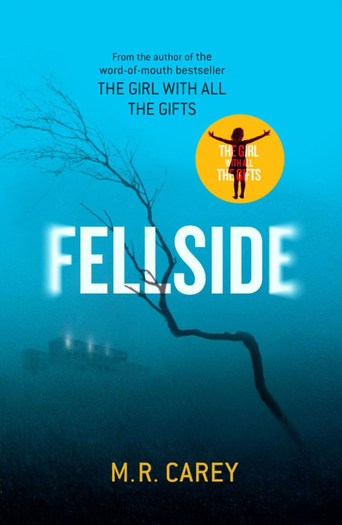Future Treasures: Spectacle, Book 2 of The Menagerie by Rachel Vincent
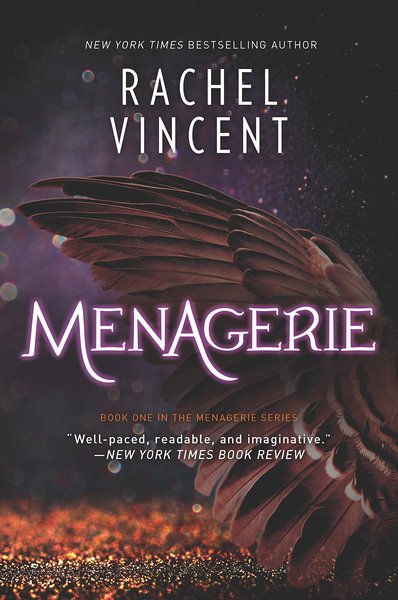 |
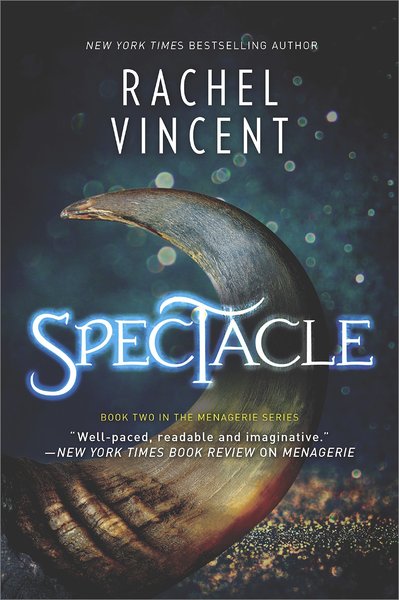 |
Rachel Vincent is the author of the bestselling Shifters series, an urban fantasy series about a female werecat, and the Unbound trilogy, about a paranormal tracker. Her YA Soul Screamer series, featuring a high school girl who discovers she’s a banshee, has grown to an impressive 8 novels.
Her new adult fantasy series about carnival magic debuted with Menagerie in October 2015. The second volume, Spectacle, arrives in trade paperback on May 30. Here’s the description for the first volume.
When Delilah Marlow visits a famous traveling carnival, Metzger’s Menagerie, she is an ordinary woman in a not-quite-ordinary world. But under the macabre circus big-top, she discovers a fierce, sharp-clawed creature lurking just beneath her human veneer. Captured and put on exhibition, Delilah is stripped of her worldly possessions, including her own name, as she’s forced to “perform” in town after town.
But there is breathtaking beauty behind the seamy and grotesque reality of the carnival. Gallagher, her handler, is as kind as he is cryptic and strong. The other “attractions” — mermaids, minotaurs, griffins and kelpies — are strange, yes, but they share a bond forged by the brutal realities of captivity. And as Delilah struggles for her freedom, and for her fellow menagerie, she’ll discover a strength and a purpose she never knew existed.
